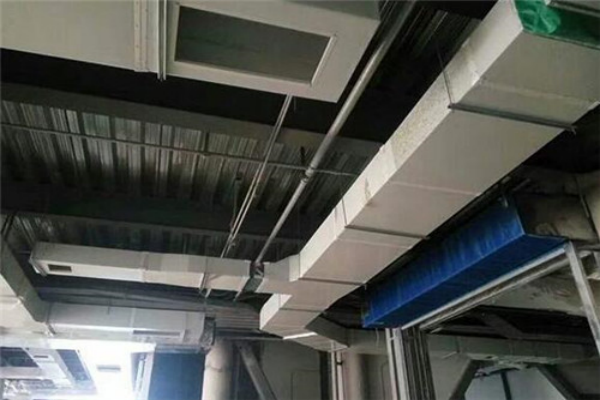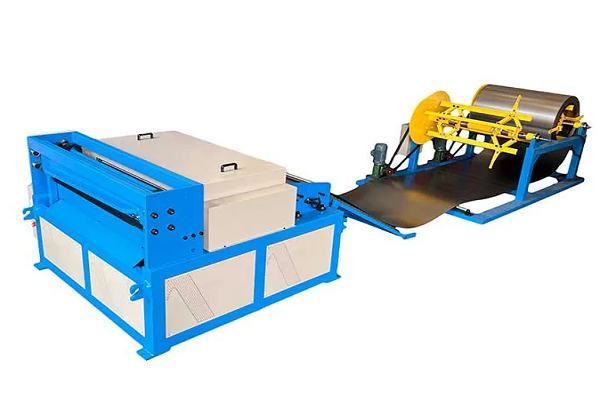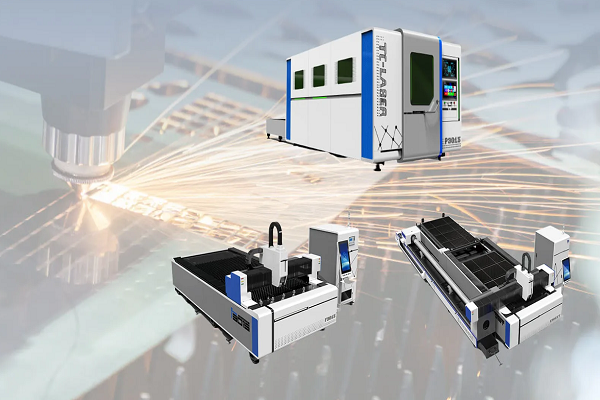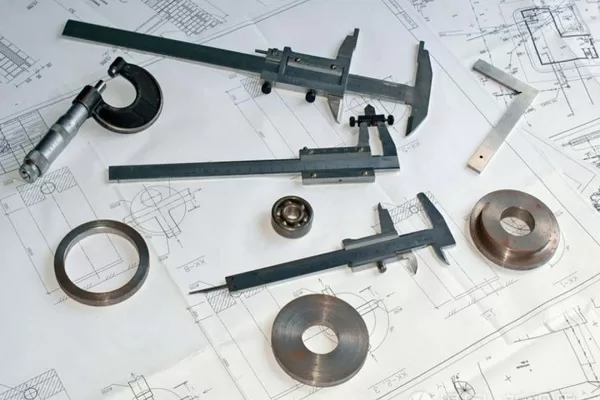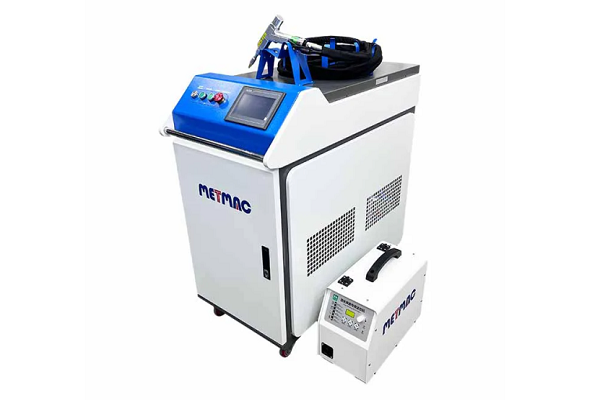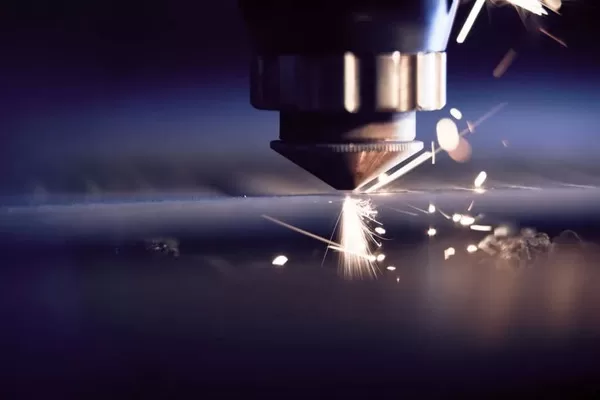
Step-by-Step- How to Operate a Press Brake Bending Machine
- By:Metmac
- 2024-06-28
- 10
Step-by-Step Guide to Operating a Press Brake Bending Machine
In the realm of metal fabrication, the press brake bending machine reigns supreme as a versatile tool for shaping metal sheets and creating intricate bends. Its precise control and efficient operation are crucial to achieving high-quality results. To guide you through the intricacies of press brake operation, this comprehensive guide provides a step-by-step breakdown of the process.
Safety First
Before delving into the operation itself, safety must be paramount. Wear appropriate personal protective equipment (PPE), including safety glasses, gloves, and earplugs. Ensure the machine is in a well-ventilated area to minimize exposure to fumes.
Material Preparation
Begin by selecting the metal sheet to be bent and ensuring it is clean and free of any debris. Determine the desired bend angle and calculate the necessary setup dimensions based on the sheet thickness and die radius.
Machine Setup
Positioning Dies: Install the upper and lower dies into the press brake. The upper die should be aligned with the desired bend line, while the lower die provides support for the sheet.
Adjusting the Ram: Set the ram (the moving part of the press) to the correct height to create the desired bend angle. Refer to the machine’s bending tables for precise adjustments.
Sheet Alignment
Place the metal sheet on the lower die and align it with the scribed bend line. Use the back gauges to ensure precise positioning and prevent the sheet from slipping during bending.
Bending Operation
Initiating the Bend: Engage the press brake by operating the foot pedal or control lever. The ram will descend, applying pressure to the sheet.
Applying Pressure: Continue applying pressure until the sheet reaches the desired bend angle. Monitor the bend line closely to avoid overbending.
Releasing the Bend: Once the bend is complete, release the foot pedal or control lever to lift the ram and release the sheet.
Post-Bend Inspection
Checking Dimensions: Measure the bend angle and ensure it meets the specifications.
Inspecting the Bend: Examine the bent part for any imperfections, such as cracks, scratches, or deviations from the desired shape.
Maintenance and Troubleshooting
Regular Cleaning: Clean the dies and bending area regularly to remove any debris buildup that can affect bending accuracy.
Lubrication: Lubricate the machine’s moving parts as per the manufacturer’s recommendations to ensure smooth operation and prolong its lifespan.
Common Troubleshooting: Identify and address common issues such as improper die alignment, slipping sheets, or uneven bending by adjusting setup parameters or seeking professional assistance.
In conclusion, operating a press brake bending machine requires a combination of skill, precision, and safety awareness. By following these step-by-step guidelines and adhering to proper maintenance practices, you can harness the power of this versatile tool to create high-quality bent metal components with ease and efficiency.
-
Upgrading Your Workshop with State-of-the-Art Plate Bender Machines
2024/07/01 -
Types of Sheet Bending Machines- Choosing the Right Technology
2024/07/01 -
Maintenance Tips for Longevity and Optimal Performance of Sheet Bending Machines
2024/07/01 -
Upgrading Your Workshop with State-of-the-Art Sheet Bending Machines
2024/07/01
